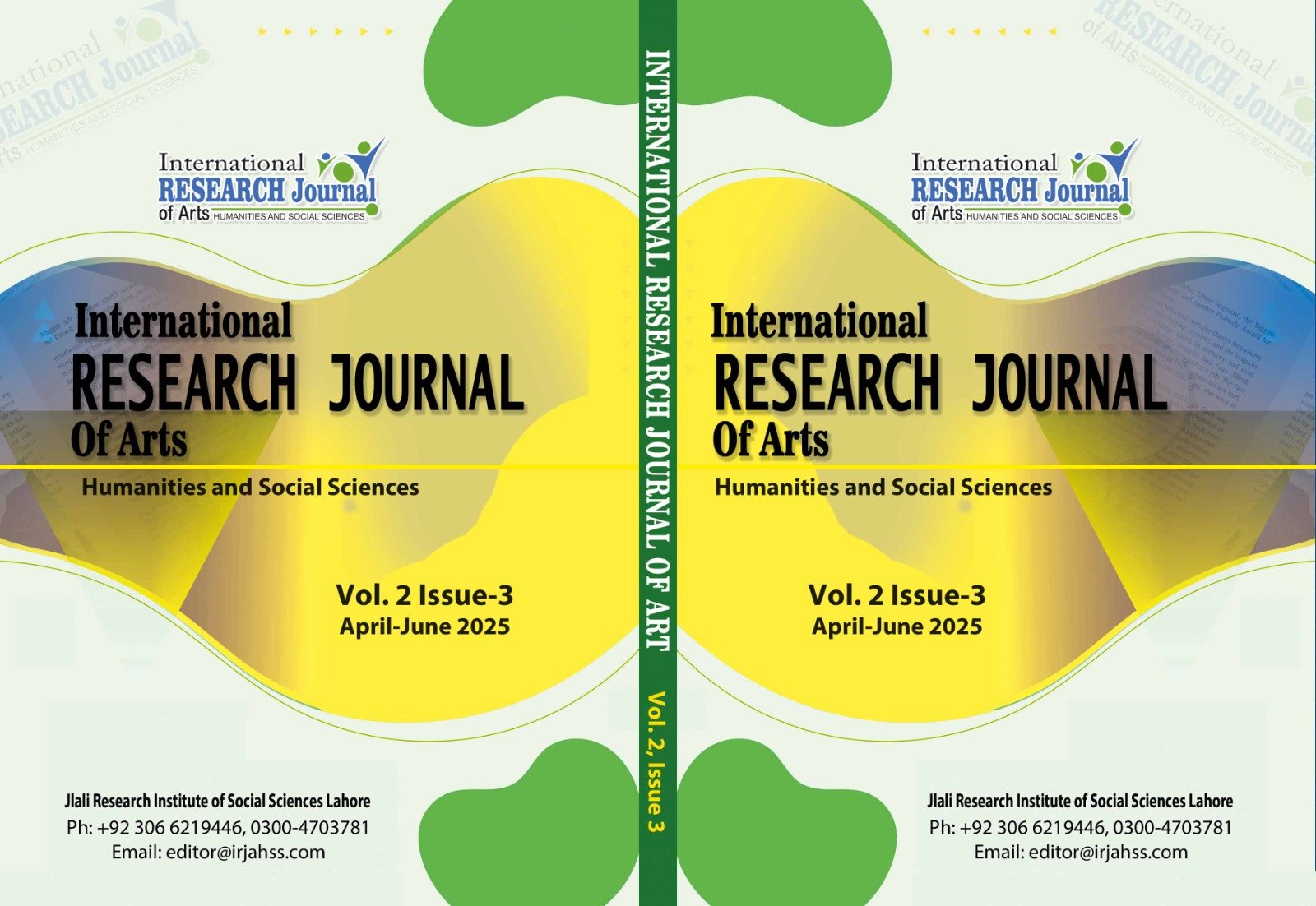US-China Rivalry in the Indo-Pacific: Geopolitical and Economic Implications for Pakistan
Keywords:
US-China competition, Indo-Pacific, geopolitics, China-Pakistan Economic Corridor, QUAD), Realism, Complex InterdependenceAbstract
This study examines the escalating strategic rivalry between the US and China in the Indo-Pacific area, assessing its geopolitical and economic ramifications for Pakistan. The truth is that the geopolitical future of the 21st century rests with China, and Pakistan must acknowledge this reality. Historically, Pakistan's relationship with Beijing has been primarily centered on its significant economic dependence on China, exemplified by the Pakistan Economic Corridor (CPEC). Nonetheless, the nation's uncritical adherence to Beijing's agenda resulted in excessive dependence on China, a concern for others. From a geopolitical standpoint, Pakistan ought to maintain a balanced relationship with both powers, neither relinquishing its ties with the United States nor neglecting opportunities with China. It utilizes Realism and Complex Interdependence as theoretical frameworks to analyze the power dynamics and economic connections influencing regional policy. The paper evaluates how Pakistan manages great-power competition by balancing security issues and diplomatic relations through a comprehensive analysis of literature and empirical data. The study offers policy recommendations for Pakistan to enhance its strategic stance while alleviating concerns linked to heightened US-China rivalry.
Downloads
Downloads
Published
Issue
Section
License
Copyright (c) 2025 International Research Journal of Arts, Humanities and Social Sciences

This work is licensed under a Creative Commons Attribution 4.0 International License.
Disclaimer: The International Research Journal of Arts, Humanities and Social Sciences (IRJAHSS) upholds the principles of open access, ensuring unrestricted access to scholarly content to foster the sharing and advancement of knowledge. The opinions expressed in the articles solely belong to the authors and do not necessarily reflect the views or policies of the journal's editorial team, editorial board, advisory board or research institute.






